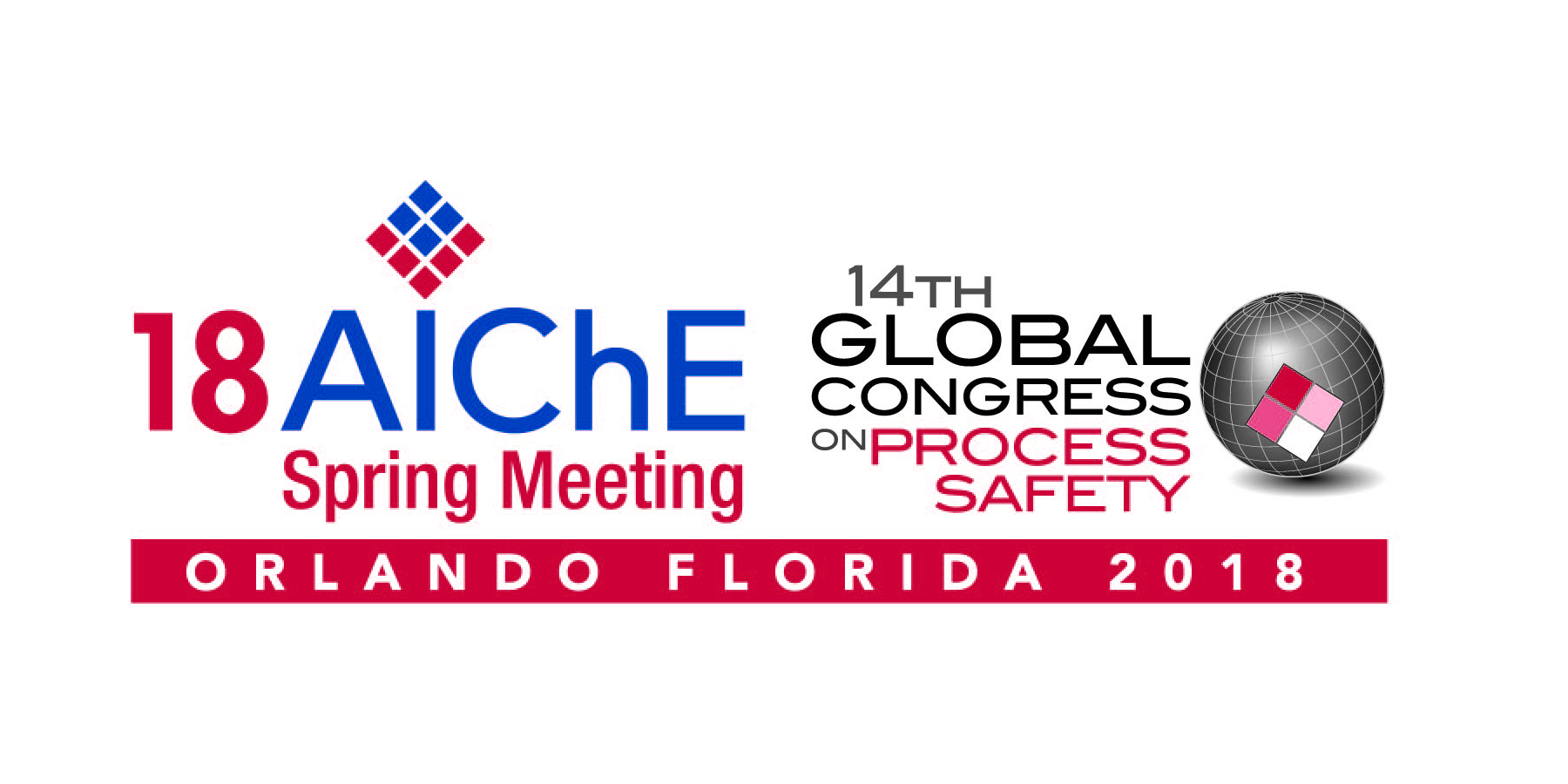

This paper reviews the typical steps involved in a pressure relief and flare systems design project, and discusses the credible typical mitigation options available to resolve relief and flare systems design deficiencies.
Common relief and flare systems design problems are addressed, such as inadequate capacity, excessive inlet and outlet pressure losses; and the mitigation options for those inadequacies are covered.
Since replacing existing pressure relief devices may prove to be a costly option; more cost-effective alternatives are explored. For individual pressure relief devices, these could include options such as advanced dynamic calculations, pressure relief valve stability analysis, fireproof insulation, as well as the more obvious modification of piping and/or relief devices. For flare systems, this could include a dynamic flare analysis, or implementation of High Integrity Pressure Protection Systems (HIPPS).
Examples of more uncommon and unique mitigation options are also provided, with specific examples analyzed and their effectiveness determined.
Finally, the various methods of mitigating inadequate relief and flare systems are compared, with consideration to feasibility and cost.
Presenter(s)
Language
Pricing
Individuals
| AIChE Member Credits | 0.5 |
| AIChE Pro Members | $19.00 |
| Employees of CCPS Member Companies | Free |
| AIChE Graduate Student Members | Free |
| AIChE Undergraduate Student Members | Free |
| AIChE Explorer Members | $29.00 |
| Non-Members | $29.00 |
